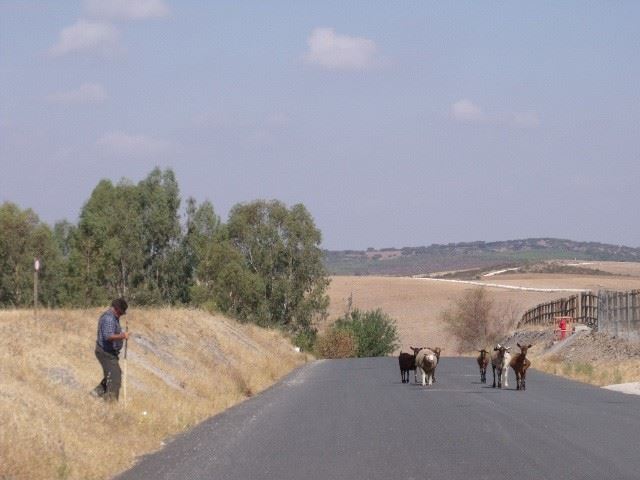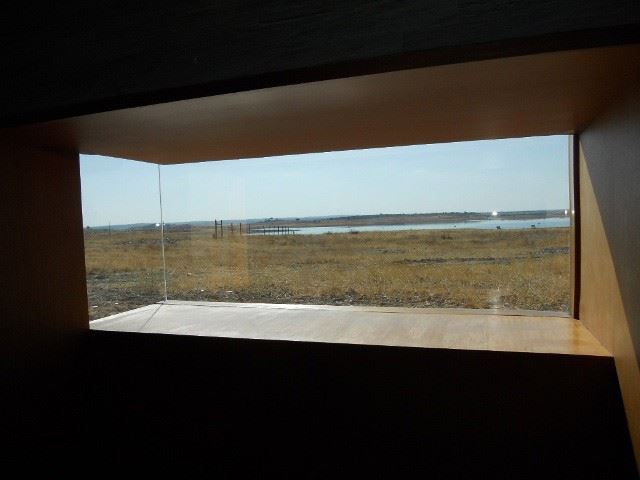Those who had a house would get another, with the same amount of land. People would live next to their old neighbours where possible, although the road layout was modernised. And the church, the social hub of the village for generations, would be rebuilt with the important relics moved across to the new structure. Even the cemetery would be relocated, a traumatic process for many people and one that needed to be carried out with the utmost sensitivity.
People moved into the new Luz in November 2002 and the old buildings were destroyed before the waters of the lake claimed them forever. You can follow the line of a road to the south of the village as it drops into lake, emerging in the distance – a visible sign that things were not always as they now appear.
Thankfully the memories of old Luz, and of the whole process of moving a village, were captured on film and can be seen at the excellent museum at the edge of the village. The museum contains ethnographic exhibits from traditional life in Luz, but without doubt the highlight is the film that follows a dozen or so villagers as they prepare for the move, say goodbye to their old homes and move reluctantly to the new village. It is a film that is guaranteed to tug at the heartstrings, as it captures perfectly the emotions and losses faced by people whose families had owned those homes for hundreds of years. One old man laughs with sadness when he is told that the authorities will replace his fruit trees by planting new ones: “What’s the use? I wouldn’t be here to pick the fruit!” A schoolgirl, wise beyond her years, observes that “Everything happened at once so that it would seem nothing had changed.”




